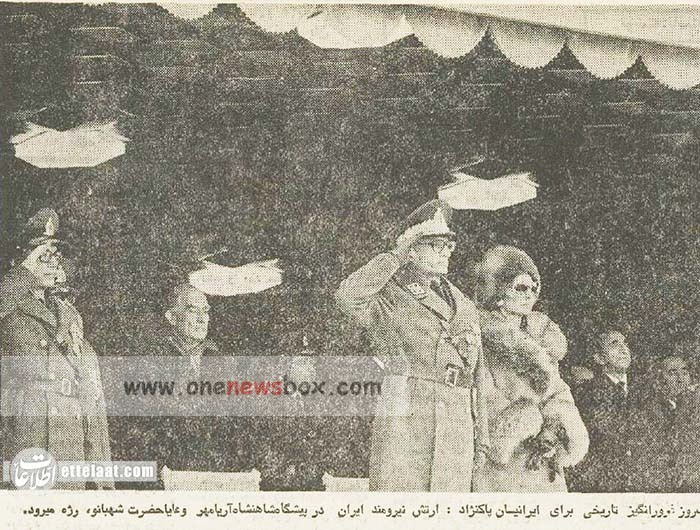The Shah’s decision to make an appearance at the parade was equally significant. His presence on horseback was a carefully staged act meant to reinforce the image of the monarch as a warrior king, connected to Iran’s long history of military triumphs and power. In many ways, this image was central to the Pahlavi monarchy’s self-identity. Mohammad Reza Pahlavi wanted to be seen as the inheritor of the power of the ancient Persian kings, who were famed for their military conquests. His participation in such a grand spectacle was not only meant to reinforce his image as a powerful leader but also to communicate to both domestic and international audiences that Iran under his rule was a formidable force in the region.
The parade was designed not just as a display of the Shah’s leadership but also as a demonstration of Iran’s growing military capabilities. Mechanized units, tanks, and artillery units participated in the parade, showcasing the technological advancements and modernization of Iran’s armed forces. The inclusion of these mechanized units sent a clear message both to domestic audiences and to neighboring countries: Iran was a major military power in the Middle East, capable of defending its sovereignty and asserting its dominance in the region.

